
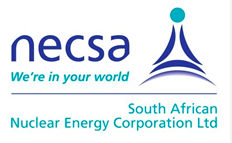
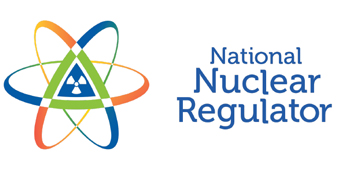
Products
MOLYBDENUM-99
Isotope name: Molybdenum-99
Appearance: In the form of sodium molybdate in a clear solution.
Half-life: 66 hours
Emits: Beta and Gamma radiation
Used in: Technetium-99m generators
Decays to: Technetium-99m
About: Molybdenum-99 (Mo-99) is a man-made radioactive isotope. Mo-99 does not occur in nature and has to be created through neutron bombardment of other radioactive materials (usually enriched uranium-235). Mo-99 is used as an easily transportable form of its natural decay product, technetium-99m, which is the most widely used medical imaging radioisotope.

IODINE-131
- Atomic information: Iodine-131
- Isotope name:iodine-131
Appearance: Transparent liquid
Half-life:04 days
Emits: Beta and gamma radiation
Used in: Diagnosis and treatment of thyroid conditions
Decays to: xenon-131
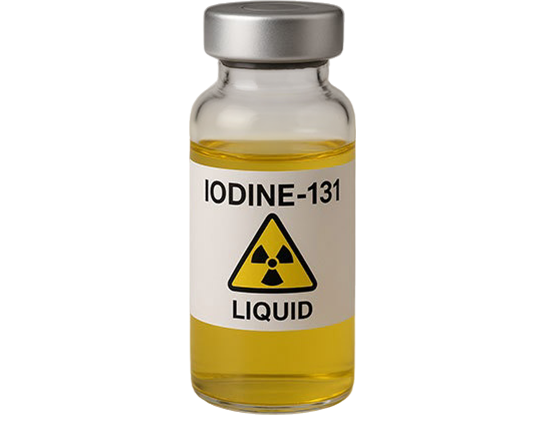
TECHNETIUM-99M
Atomic information: Tc-99m
Isotope name: technetium-99m
Appearance: Tc-99m sodium pertechnetate solution (colourless).
Half-life: 6 hours
Emits: Gamma radiation
Used in: Diagnostic procedures
Decays to: ruthenium-99
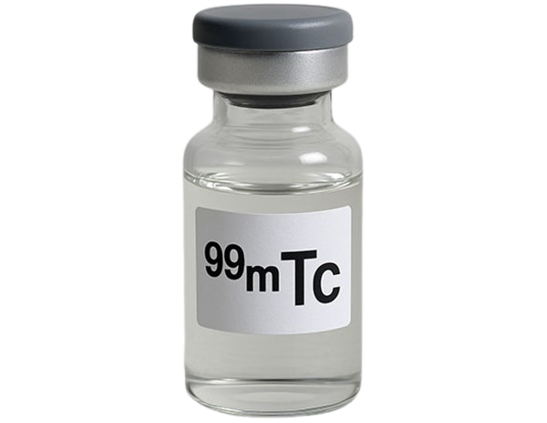
IRIDIUM-92
Atomic information: Iridium-192
Isotope name: Iridium-192
Half-life: 74 days
Emits: Beta particles and gamma radiation. Strong gamma ray emitter.
Used in: Industrial radiography and radiotherapy such as brachytherapy
Decays to: Platinum-192
About Ir-192
Ir-192 is most commonly used in non-destructive industrial gamma radiography applications. High-energy gamma rays function almost like X-rays, but can pass through certain materials that X-rays cannot. Sealed gamma ray sources are placed inside mobile radiography equipment, called projectors or cameras, which can be handled remotely. Gamma rays are passed through the material being “photographed” (radiographed), and onto a film, creating a radiograph image. This technique can be used to test pipelines – to see the thickness of the walls, and check for cracks – and check the integrity of welds.
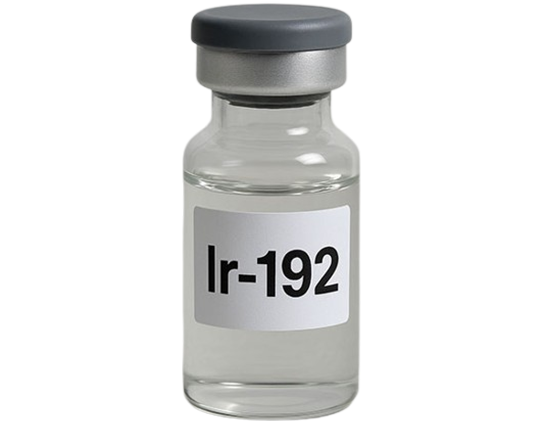
Solution for Injections
Atomic information: 123I
Isotope name: 123Iodine
Appearance:
Half-life: 13 hours
Emits: Gamma radiation ideal for imaging applications.
Used in: used for non-invasive imaging of the thyroid. It helps assess thyroid function or diagnose thyroid dysfunctions such as hyperthyroidism or thyroid nodules by allowing physicians to track how iodine is absorbed by the thyroid gland.

Aerodynamic Separation Process (ASP)
The Aerodynamic Separation Process utilizes gaseous diffusion via a stationary wall centrifuge paired with proprietary flow directors to separate isotopes of varying levels of atomic mass.
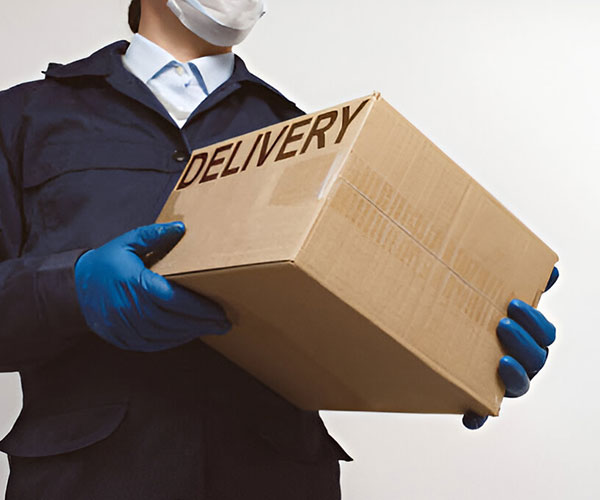
OUR WORK PROCESS

1. Client Order & Verification
- Client places an order for specific isotopes.
- The delivery company verifies the following:
- Isotope type, quantity, and activity (MBq or mCi)
- Required delivery time and destination
- Licensing of the receiver (nuclear authorization)
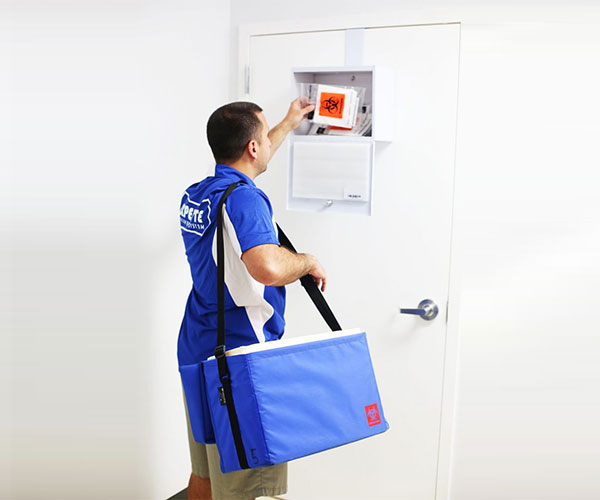
2. Source Coordination & Pickup
- Coordinates with supplier/producer (e.g., NTP in South Africa, Nordion in Canada):
- Confirm batch availability
- Synchronize pickup time with half-life in mind
- A certified driver collects the isotope using shielded Type A or Type B containers
- Pickup site logs are completed (radiation dose logs, isotope ID, packaging)

3. Packaging & Labeling
- Use of UN-approved transport containers:
- Lead-shielded, temperature-controlled if needed
- Compliant with IAEA and ADR (European), or DOT (US) regulations
- Package is:
- Labeled with radioactivity warning signs
- Marked with isotope details, activity, half-life, and consignee info

4. Radiation Safety & Documentation
- Radiation levels measured and logged before transport.
- Documents prepared:
- Transport Index (TI)
- Radiation Transport Certificate
- Bill of Lading with isotope details
- Emergency procedures and contacts
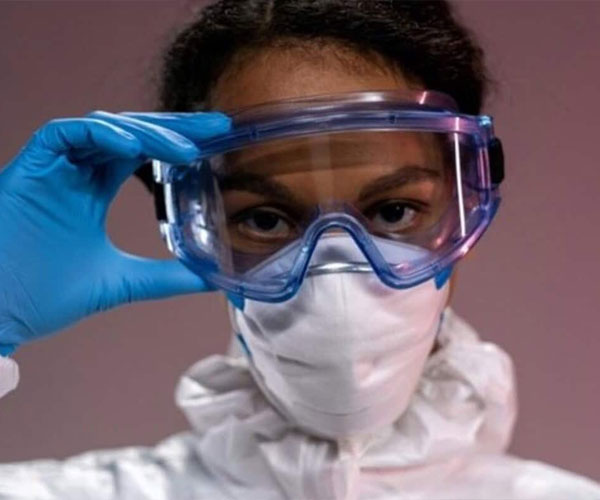
5. Customs & Regulatory Clearance (if international)
- Pre-cleared through:
- Customs and Border Control
- Nuclear regulatory authorities
- Often uses a freight-forwarding partner with license for Class 7 radioactive materials
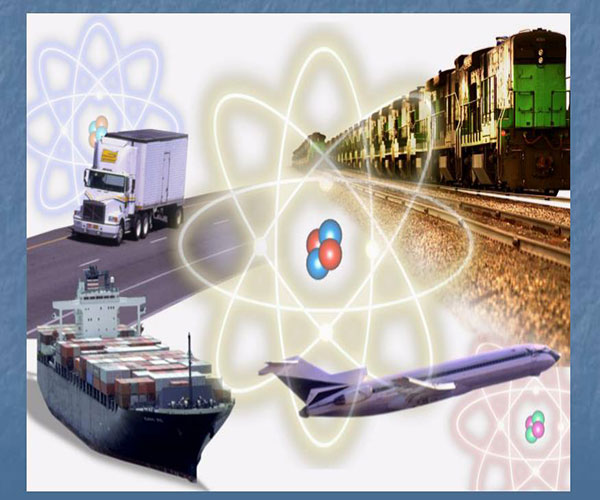
6. Express Transport
- Routed for minimal delay:
- Air (chartered flights or cargo priority)
- Dedicated road transport with real-time GPS tracking
- Vehicle is:
- Licensed for Class 7 (radioactive materials)
- Driven by trained personnel with hazmat and radiation certificates
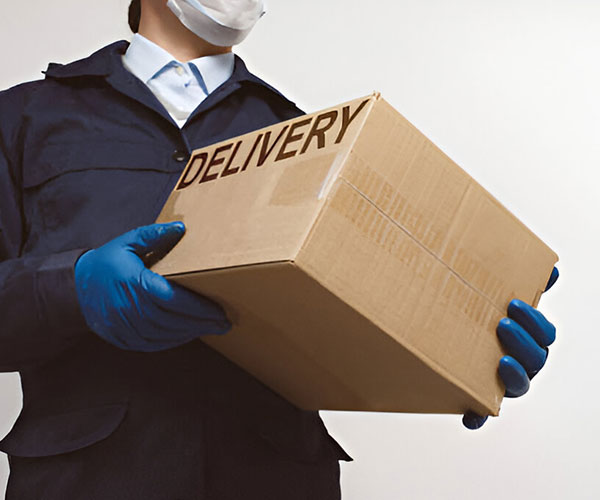
7. Delivery & Chain of Custody
- Delivered directly to nuclear medicine department or radiopharmacy.
- Handled with dose meters and protective equipment.
- Receiver signs off on:
- Radiation dose acceptance
- Chain of custody documentation
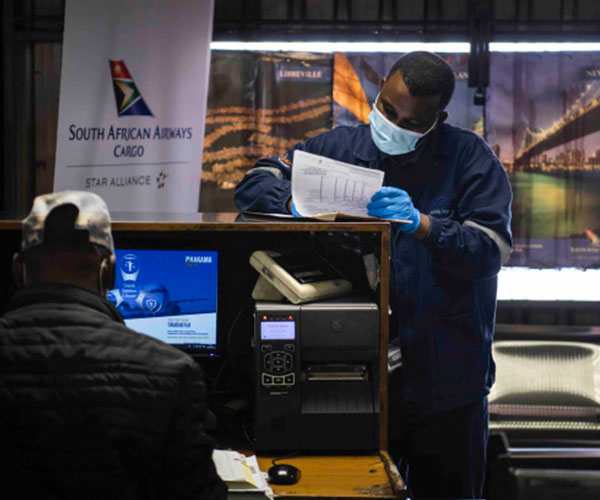
8. Post-Delivery Reporting & Waste Retrieval
- Final report generated:
- Delivery time
- Radiation exposure logs
- Incident logs (if any)
- Optional: retrieval of used containers or radioactive waste
Compliance & Licensing Needed
- Radiation Handling License
- Class 7 Hazmat Transport License
- Tracking and Emergency Proceduresin place
- Compliance with:
- IAEA (International Atomic Energy Agency)
- NRCS/SANAS (South Africa)
- DOT (USA)
- ADR (EU)

